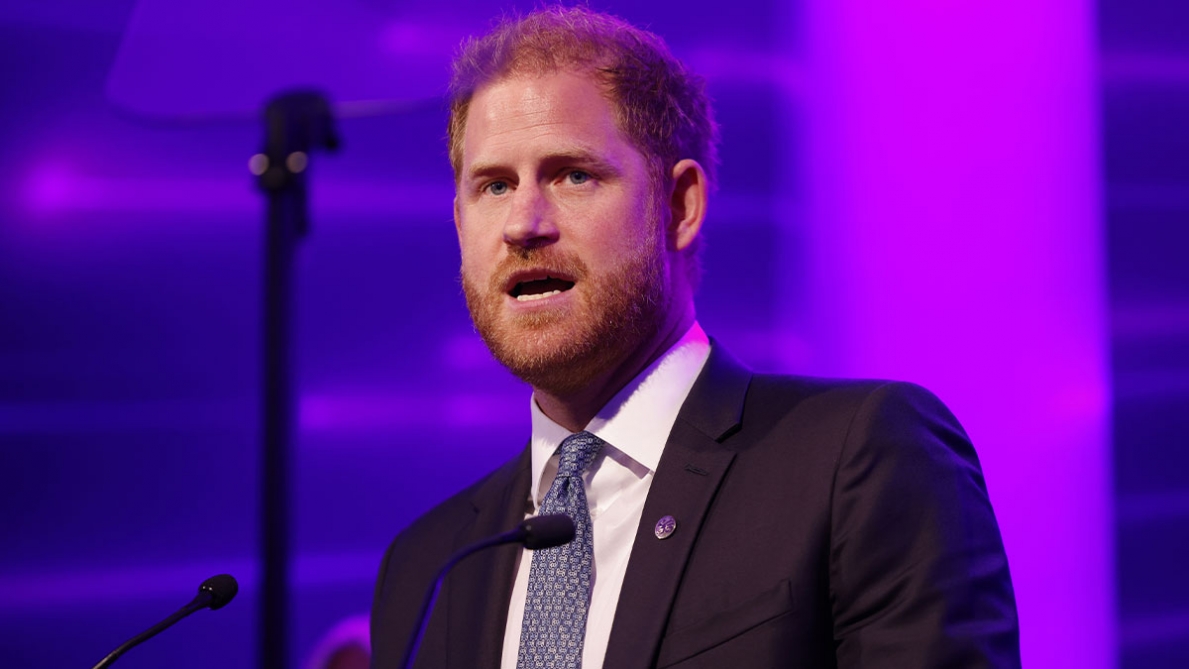Retail sales fell 3.9% in December from November, after 11 consecutive months of gains, Australian Bureau of Statistics (ABS) data showed on Tuesday, with rate hikes working as expected so far.
This marked the biggest drop since August 2020, when parts of the country were locked down due to the COVID-19 pandemic.
As a result, the average forecast of a 0.3% decline was mostly missed. November’s result, driven by Black Friday sales, rose to 1.7% versus an initially reported 1.4% gain.
“The sharp decline in December suggests that retail spending is slowing due to upward pressures on the cost of living,” said Ben Dorber, head of ABS retail statistics.
“Retail companies have reported that many consumers have responded to these pressures by making more Christmas purchases in November, taking advantage of intensive promotional activities and discounts as part of the Black Friday shopping event.
Investors pushed the Australian dollar lower to $0.7046, from $0.7060 before the data, while the Reserve Bank’s spot interest rates fell to 3.7%, from $0.7060 before the data, to 3.8%.
Sales were down most at discretionary goods, including department stores, homeware retail and fashion retailers. Department store sales fell 14.3% from the previous month.
The fall wiped out gains made in the previous two months, and, combined with rising inflation, real sales also fell sharply in the fourth quarter, dampening some of economic output.
Inflation is already at a 32-year high of 7.8%, closely tracking core inflation, an adjusted average of 6.9%, above the RBA’s forecast of 6.5%.
“The RBA’s trade-off between reining in inflation and maintaining some momentum in domestic demand is becoming increasingly difficult,” said Sean Langeck, head of macroeconomic forecasts for BIS Oxford Economics.
“As the 2022 rate hikes are not yet fully realized, we expect two more hikes in the first quarter.”
ANZ analysts expect consumption growth to slow until 2023 due to rising interest rates and the recent decline in real wages due to high inflation.
After the data is released, futures markets still see an 85% chance the Bank Rate will be raised by a quarter point to 3.35% next week.
The US Federal Reserve is expected to raise rates by 25 basis points on Wednesday, followed by 50 basis point increases the following day by the Bank of England and the European Central Bank.
Analysis by UBS on Tuesday predicted a sharp slowdown in spending by holders of “excess” cash savings at very low rates from mid-2023.

“Certified food fanatic. Extreme internet guru. Gamer. Evil beeraholic. Zombie ninja. Problem solver. Unapologetic alcohol lover.”







More Stories
Prince Harry's disappointment with his “former residence” in the United Kingdom: He thought he would “be with her forever”.
Three people were arrested in the United Kingdom
Tired of losing, she finally played the lottery and won $20 million